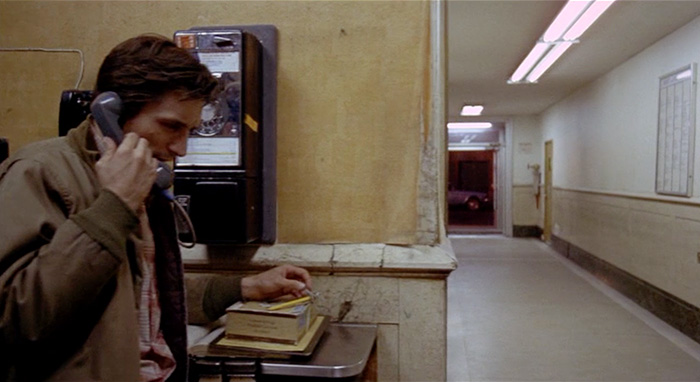Worksheet HERE
On the worksheet, you will find reference to many of the most widely recognised and used narrative techniques from literature and scriptwriting. Some may be more familiar than others and similarly some may be best not being used in our own script. However, this resource asks you to consider each as a possibility by finding examples of as many as possible. This will allow you to then explore how useful or interesting each one is.
To complete the table, read the definition of each technique and then try to find as many examples as possible by writing the example in the empty column. You will need to conduct your own research to find examples of each, but some are much more common than others!
Find original answers. Do not have the same ones as your friends.
Deadline: Tuesday 15th Jan 2019
William S Burroughs on writing and cut-ups
Chance and random elements often jog our creativity. That’s why many writers who have writer’s block Google ‘story generators’ or ‘writing prompts’. The American author William S. Burroughs would take a text and cut it into strips of individual words and phrases, then rearrange them at random to create new sentences.
Aleatory (using chance and random elements to find new ideas) techniques have yielded interesting results throughout literary history. The French group of writers, OuLiPo, used made up constraints to write inventive novels. For example, Georges Perec wrote his novel La Disparation without using the letter ‘e’ (the most common in the French language). This constraint forced the author to find ideas and phrases beyond habit.
Task:
Get an old, battered second-hand book. Cut up a few pages into strips of words and phrases with a pair of scissors. Jumble these up and place some at random on a page (or choose your options more carefully). Does a line or phrase (or strange pairing) spark a story idea? Do a load.
Bring in your stuck down lines of inspiration and evidence of at least one that has been developed into an interesting story idea.
Use the 5W's to help develop your ideas fully.
Deadline: Start of the lesson, Tuesday 11th December
A Creative Box.
Creating the spark that enables creating a story requires inspiration; creating a box of possible inspirations can help in developing the basis of an idea or story.
Completing this task provides a framework for the collection of a range of objects and materials that could provide that creative inspiration.
This can then be used in two ways; either by collecting all objects and ideas from a group to produce one larger box that anyone can select any ideas from. The second method is to create one smaller box per person that each individual can use as and when they need.
The objects and materials are:
• Two famous paintings that you like or admire.
• A local news story.
• A national news story.
• An international news story.
• A story about someone in your family from either the past or present.
• A dramatic story from you when you were younger.
• Lyrics from a favourite song.
• A strange object you’ve found or a photo of a strange object that someone else has found.
Of course, the possibilities here are endless and it’s encouraged to think of many other possible objects and materials.
With your ideas, mind-map some ideas. Explore and develop key ideas. Mix ideas up. When making notes, consider vital aspects of the film idea such as location, characters, conflicts and key moments.
You should return to class with your collection of objects and at least one developed idea for a possible story.
Use the 5W's to help develop your ideas fully.
Independent learning task. Deadline: Tuesday 4th of Dec



